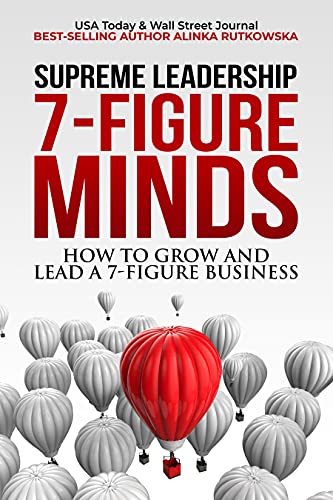
An elderly Bonnie Parker in the
1980s tells of how she and Clyde Barrow protected the Manhattan Project in this
final thriller in a trilogy.
What if Bonnie and Clyde’s deaths in
a famous 1934 shootout were faked, so that they could serve American interests
as undercover agents? That’s the premise of the previous two books in this
trilogy, in which the outlaws changed their names to Brenda and Clarence
Prentiss and performed special assignments for their handler, Sal. In 1984,
74-year-old Bonnie has made a deal with reporter Royce Jenkins: She’ll give him
her full story if he helps her solve three mysteries, including Sal’s true
identity. As they investigate—and dodge people following them—Bonnie explains
how she and Clyde went undercover in the 1940s as owners of the Ranchland
Deluxe bar in Richland, Washington—a city that was also the location of a
top-secret plutonium production site for the Manhattan Project. Their mission
was to discover who in the community might be “willing, or forced, to share
secrets with America’s enemies.” By 1945, they narrowed down the suspects to six
Americans, plus a couple of suspicious Germans and Russian circus
performers—but they soon found themselves dodging knives, bullets, other spies,
and a firebombing. Later, Royce tracks down the surprising, explosive truth
about Sal and the organization backing her. Hays and McFall (Bonnie and
Clyde: Dam Nation, 2018, etc.) keep up the momentum in this third series
outing, which features plenty of action and danger. There are also intermittent
steamy interludes between Bonnie and Clyde, who come off as a wisecracking,
low-rent version of Nick and Nora Charles from The Thin Man. Tricky puzzles, chases, spycraft, and red herrings
keep the plot bubbling along. But underlying all the shenanigans is a serious
consideration of the nature of patriotism in an America that’s increasingly
becoming dominated by the military-industrial complex. Overall, the book makes
a rousing stand in favor of have-nots, working people, and dreamers; at one
point, Bonnie unusually stands up for gay rights in 1945 (“Love is love no matter
what”).
Another winner in this highly
entertaining series, capped off with satisfying revelations.






Add comment